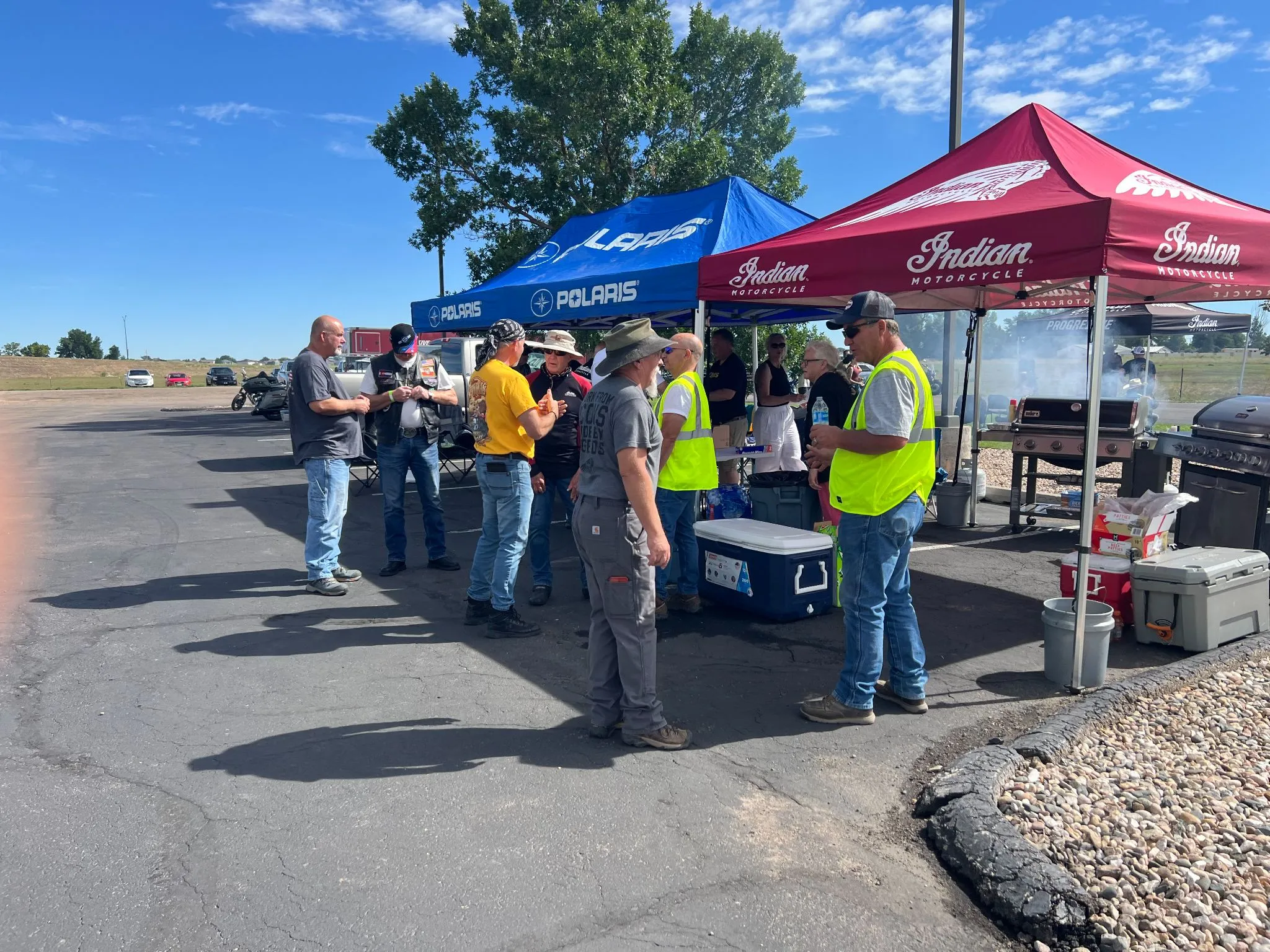Two good choices to fix transportation mess
Last month I wrote about two transportation measures on the state ballot in November and listed the pros and cons of each.
This month I want to do a brief refresher on the two measures but start with a review of the sorry state of transportation in Colorado as a setup to that discussion.
Mobility is a key factor for quality of life and economic vitality. Where we live, play and work is influenced by our ability to move around freely and safely. Mobility impacts the goods we consume, the services we use and their…
THIS ARTICLE IS FOR SUBSCRIBERS ONLY
Continue reading for less than $3 per week!
Get a month of award-winning local business news, trends and insights
Access award-winning content today!




